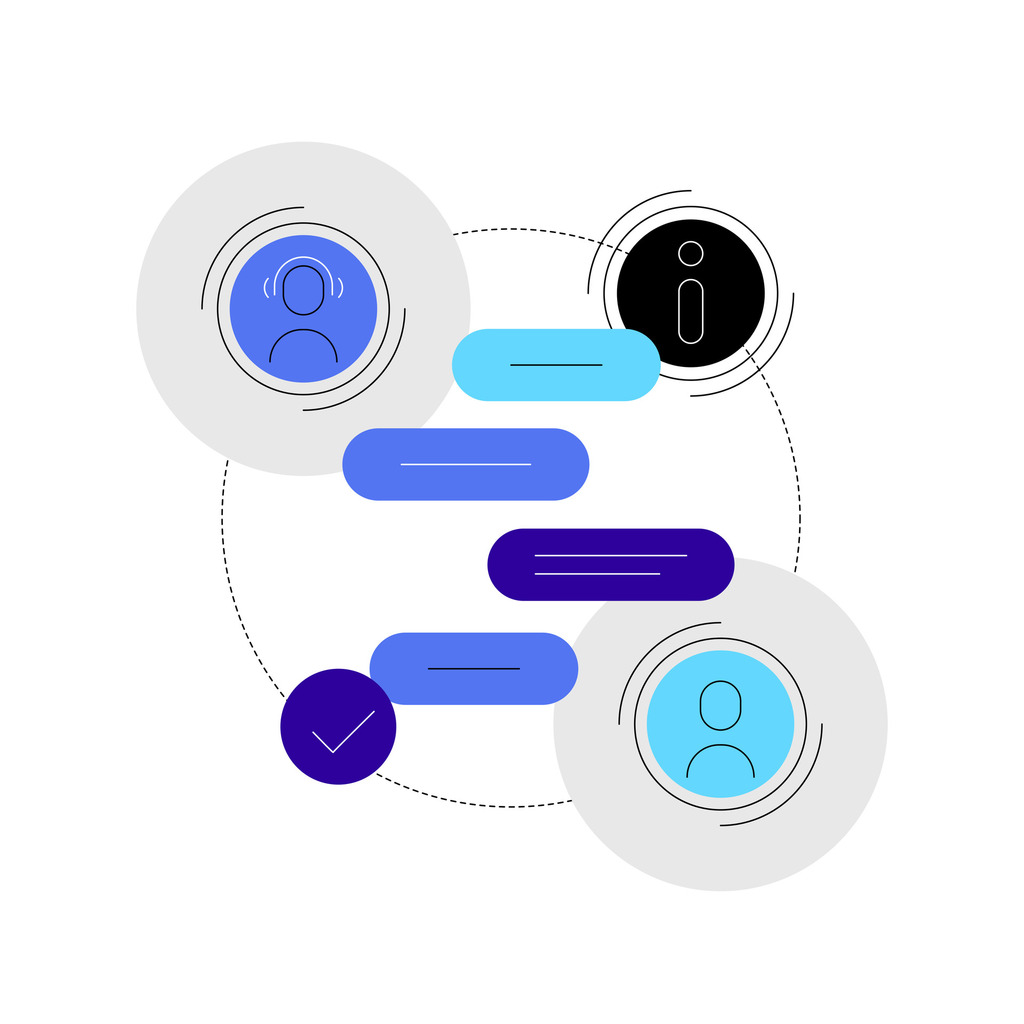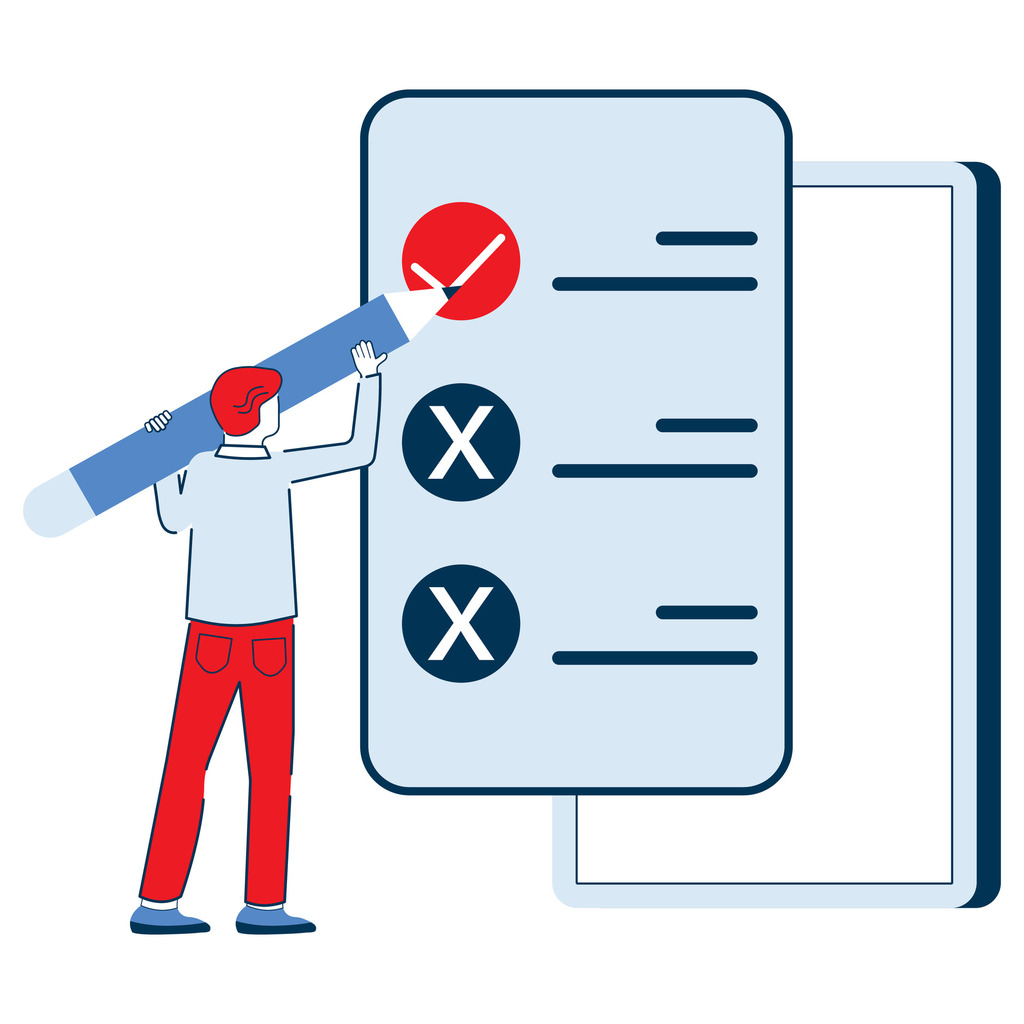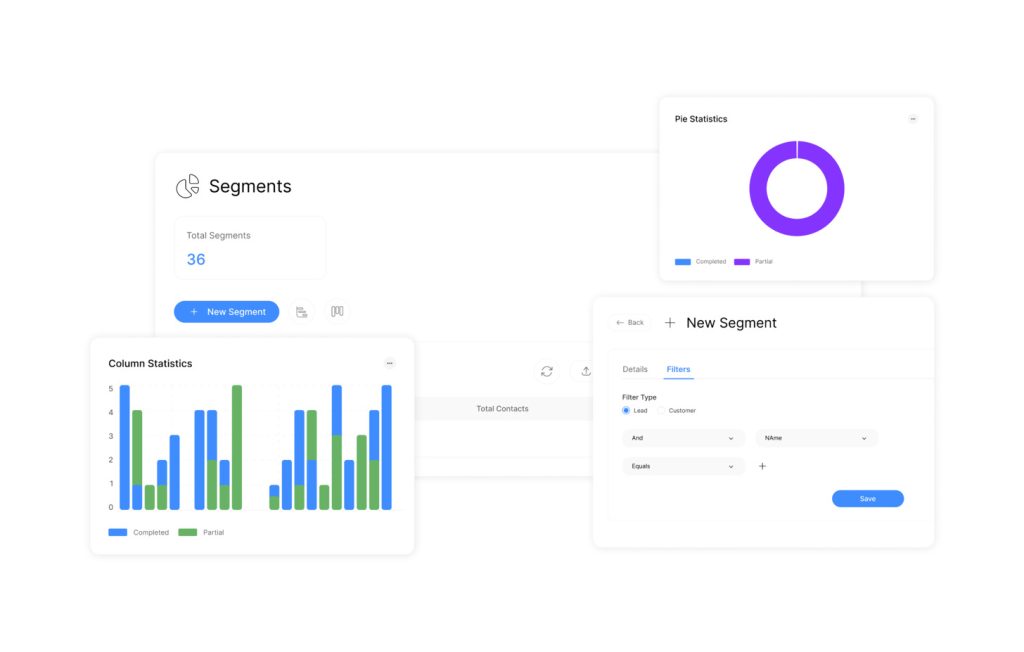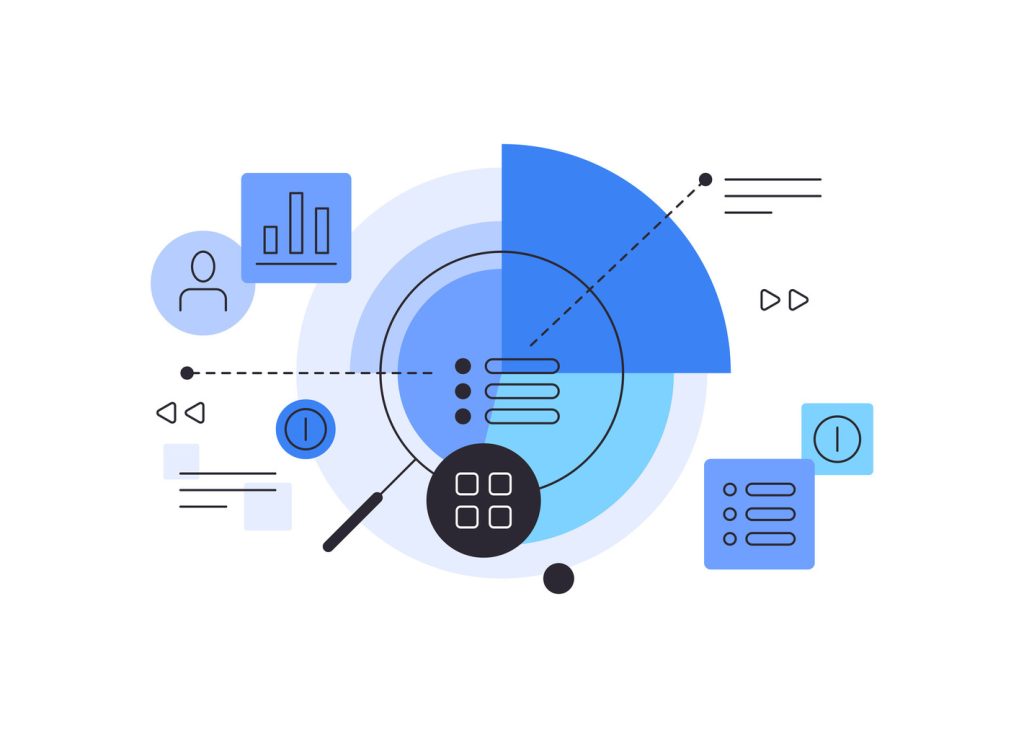Guide to Automatic Segmentation Based On Triggers And Rules

Automatic Segmentation Based On Triggers And Rules helps marketers deliver personalized messages at scale. In this guide, you’ll learn how to implement it step by step. Traditional methods of grouping audiences struggle to keep pace with dynamic customer behaviors and evolving business needs. This is where intelligent categorization systems transform how teams connect with their audiences.
Sophisticated marketing platforms now enable professionals to build responsive audience groups that update automatically. These systems analyze behavioral patterns, purchase history, and engagement metrics in real time. The result? Campaigns that adapt as quickly as customer preferences change.
By shifting from static lists to dynamic groupings, businesses achieve three key advantages. First, they reduce time spent on manual updates. Second, they maintain message relevance across changing customer journeys. Third, they create personalized experiences that drive measurable results – from email opens to conversion rates.
Key Takeaways
- Modern categorization replaces manual processes with real-time behavioral analysis
- Dynamic audience groups adapt automatically to changing customer interactions
- Behavioral data and engagement metrics drive smarter campaign decisions
- Marketing teams save time while improving message precision
- Scalable systems support personalized journeys across large audiences
- Continuous updates ensure fresh audience insights without manual oversight
Understanding Automatic Segmentation Based On Triggers And Rules
Marketing strategies have shifted dramatically from broad demographic buckets to precise behavior-driven categorization. Where teams once grouped audiences by basic traits like age or location, they now leverage real-time interactions to build dynamic profiles.
From Static Labels to Smart Grouping
Early segmentation relied on fixed attributes such as gender or postal codes. Today’s systems analyze actions: how often customers buy, which emails they open, or what pages they visit. This evolution enables self-updating audience segments that reflect current behaviors rather than outdated assumptions.
One retail brand increased email revenue by 29% after switching to behavior-based grouping. “Static lists couldn’t keep up with our customers’ changing preferences,” their CMO noted.
Precision Targeting Advantages
Modern categorization delivers three core benefits:
- Relevance: Messages align with recent actions (abandoned carts, repeat purchases)
- Efficiency: Teams avoid manual list updates through automated criteria
- Scalability: Systems handle millions of data points to maintain accuracy
Marketers using these methods report 42% higher click-through rates compared to traditional approaches. By focusing on what customers do rather than who they are, campaigns achieve deeper resonance.
Setting Up Your Automatic Segmentation Workflow with Triggers And Rules

Building dynamic customer groups starts with strategic workflow design. Marketers need systems that adapt as profiles shift between stages – prospects convert to buyers, loyal customers upgrade tiers, and engaged users may disengage. Daily recalibration ensures segments reflect current behaviors.
Successful setups begin by aligning with business goals. What outcomes matter most? Higher retention? Faster conversions? Clear objectives shape which behaviors trigger segment changes. For example, a campaign targeting repeat buyers might track purchase frequency, while one focused on re-engagement monitors login activity.
Three critical steps establish robust workflows:
- Map customer journey phases (awareness, consideration, purchase)
- Identify transition markers between stages
- Set daily refresh cycles to capture behavioral updates
Data quality determines results. Inconsistent tracking creates gaps – a customer’s last interaction might appear outdated if systems don’t sync in real time. Teams should audit their data pipelines before activating rules. One SaaS company improved campaign relevance by 37% after standardizing event-tracking protocols.
Testing prevents misclassification. Run new rules against historical data to verify accuracy. Does the workflow correctly identify inactive users? Does it promote silver-tier buyers to gold when they hit spending thresholds? Refine logic until segment boundaries align with actual customer patterns.
Once live, these systems save time while maintaining precision. A retail brand reduced manual list updates by 83% after implementing daily recalculations. “Our messages now respond to what customers do today, not last month,” their marketing director noted.
Implementing Triggers And Rules for Dynamic User Grouping
Effective campaign management requires precise activation mechanisms that respond to real-time customer interactions. Marketing teams achieve this through strategic trigger configurations that automatically sort users into relevant groups.
Triggers And Rules Conditions and Filter Integration
Campaign activation begins with defining entry points. Triggers activate when users perform specific actions – completing a purchase, abandoning a cart, or visiting key web pages. These conditions form the foundation for audience selection.
Filters refine targeting by stacking multiple criteria. A travel company might combine location data with browsing history: “Users from New York who searched for flights to Paris in the last 48 hours.” This layered approach improves message relevance while maintaining scale.
Three essential components ensure accuracy:
- Behavioral thresholds: Minimum engagement levels for inclusion
- Time windows: Recent activity periods (e.g., past 7 days)
- Exclusion rules: Remove users already in loyalty programs
Establishing Clear Exit Conditions
Dynamic segments require defined departure rules. Customers leave groups when they no longer meet criteria – such as failing to open emails for 30 days or downgrading service tiers. This prevents outdated targeting.
Frequency controls prevent over-messaging. A retail brand reduced unsubscribe rates by 18% by limiting promotional emails to twice monthly. “We maintained visibility without overwhelming shoppers,” their digital lead explained.
Key considerations for exit strategies:
- Automatic removal after conversion events
- Cooling-off periods before re-entry
- Behavioral decay models for inactive users
Working with Advanced Criteria and Filters

Marketing precision reaches new heights when teams combine behavioral insights with layered filtering systems. These tools move beyond basic demographics, using real-time actions to build adaptive customer groups that refine themselves daily.
Defining Segmentation Criteria
Sophisticated systems enable businesses to create multi-layered classifications. Instead of relying on static traits, teams analyze patterns like purchase frequency or notification responses. A fitness app company increased upsell conversions by 41% by tracking workout completion rates alongside supplement purchases.
Effective criteria often include:
- Engagement decay rates (e.g., 30-day email inactivity)
- Action sequences indicating purchase intent
- Device-specific browsing behaviors
Applying Filters Effectively
Layered filters help exclude irrelevant users while focusing on high-potential groups. One e-commerce brand improved campaign ROI by 33% by combining location data with cart abandonment timelines. “Filters let us target customers ready to buy, not just window shoppers,” their growth lead explained.
Best practices include:
- Testing criteria combinations against historical data
- Setting expiration dates for time-sensitive offers
- Using exclusion rules to prevent message overlap
These methods ensure teams communicate with precision. When a travel platform applied activity-based filters, they reduced irrelevant offers by 62% while maintaining conversion rates. Continuous profile updates keep segments aligned with evolving customer needs.
Integrating Segmentation with Multi-Channel Campaigns
Today’s connected consumers expect unified experiences across every platform. Marketers achieve this through synchronized segmentation strategies that bridge email, apps, and websites. By sharing customer insights across channels, teams craft journeys that feel personal rather than fragmented.
Cross-Channel Strategies
Unified profiles enable consistent messaging regardless of platform. A retail brand increased conversions by 22% by linking email opens to targeted app notifications. “Customers who viewed products in emails received personalized app alerts when items restocked,” their campaign manager explained.
Three principles drive success:
- Sync campaign data between channels in real time
- Use website behavior to trigger app messages
- Exclude engaged users from duplicate outreach
Transitioning Between Platforms
Moving customers between channels requires precise timing. A travel company reduced message fatigue by 31% using these steps:
- Track email click-through rates
- Send app notifications to non-openers after 48 hours
- Display website banners for users ignoring both
This approach maintains relevance without overwhelming audiences. Segmentation rules automatically adjust based on cross-platform interactions, ensuring customers receive messages through their preferred channels.
Advanced systems prevent duplication by flagging users who complete actions elsewhere. A financial services team blocked 19,000 redundant messages monthly by linking campaign responses across email and SMS. Coordinated outreach preserves brand trust while boosting efficiency.
Utilizing Automation Connectors for Efficient Segmentation

Streamlining marketing operations requires tools that do double duty. Automation connectors merge campaign triggers with audience classification, creating systems that work smarter while saving time. These dual-purpose tools categorize users while executing messages – no manual updates needed.
One financial services provider reduced list management hours by 65% using this approach. “Our connectors handle categorization as transactions occur,” their digital lead reported. The system instantly sorts customers based on predefined criteria like account activity thresholds.
Setup and Configuration Best Practices
Effective implementation starts with three steps:
- Map customer actions that signal segment eligibility
- Design reusable rules for multiple campaign scenarios
- Test connectors against historical data before launch
Marketing teams should prioritize criteria that reflect real-time behaviors. A retail brand improved email relevance by 28% after configuring connectors to track product views and cart additions simultaneously.
Professional services teams often assist with complex setups. Their expertise ensures connectors align with broader business goals while maintaining technical precision. Regular performance reviews keep rules optimized as customer patterns evolve.
These systems excel at maintaining fresh audience insights. When a user completes a qualifying action, their segment status updates immediately. This responsiveness keeps messages timely without draining staff resources.
Leveraging Data and User Behavior for Targeted Segments

Sophisticated audience grouping now revolves around observable actions rather than guesswork. By analyzing digital footprints – clicks, scrolls, and time spent – businesses build segments that mirror actual customer interests. This approach turns raw information into actionable strategies.
Patterns That Predict Preferences
Behavioral analysis using Triggers And Rules uncovers hidden connections between user actions. For example, a fitness app might use Triggers And Rules to discover customers who track meals daily are 3x more likely to purchase premium plans. These insights, powered by Triggers And Rules, fuel campaigns that resonate with specific needs.
Three core elements shape effective data strategies:
- Event tracking: Monitor actions like video views or feature usage
- Engagement scoring: Rate users by interaction frequency
- Predictive modeling: Anticipate future actions from past behavior
| Approach | Data Sources | Impact |
|---|---|---|
| Traditional | Demographics | 12% conversion |
| Data-Driven | Behavioral signals | 34% conversion |
| Hybrid | Demographics + actions | 41% conversion |
Platforms like CRM systems automatically update customer profiles as behaviors change. This real-time adjustment keeps segments fresh without manual oversight.
Continuous analysis spots emerging trends. A retail brand noticed users checking product specs twice weekly converted 58% faster. They created a “Detail-Oriented Shoppers” segment receiving technical content first.
Nested groups add precision. Within “Frequent Buyers,” teams might identify “Weekend Shoppers” needing Friday reminders. This layered approach boosts relevance while maintaining scale.
Practical Examples and Case Studies
Real-world applications demonstrate how intelligent grouping strategies drive results. Businesses across industries now achieve precision targeting through behavior-responsive systems that require minimal manual intervention.
Example: Birthday and Purchase Campaigns
A beauty brand increased repeat purchases by 34% using daily-refreshed groups. Their system automatically identifies customers with upcoming birthdays and sends personalized offers 3 days before the event. This approach combines static dates (birthdays) with relative triggers (pre-event reminders).
Subscription businesses use Automatic Segmentation Based On Triggers And Rules to apply similar logic for renewals. One streaming service uses Automatic Segmentation Based On Triggers And Rules to target users 14 days before plan expiration with tailored content recommendations. This strategy, powered by Automatic Segmentation Based On Triggers And Rules, reduced churn by 27% while maintaining 92% campaign accuracy through automated updates.
Real-World Segmentation Success Stories
An outdoor retailer boosted email revenue by 41% through purchase-based grouping. Customers who bought hiking gear received camping accessory suggestions, while water sports buyers got kayak maintenance tips. The system updates groups nightly based on recent transactions.
Enterprise solutions prove equally effective. A telecom company reduced service cancellations by 19% using engagement decay models. Users showing decreased activity receive targeted retention offers before reaching critical disengagement thresholds.
These examples showcase measurable outcomes from dynamic audience strategies. By letting real-time behaviors guide communication, businesses maintain relevance at scale while conserving operational resources.

